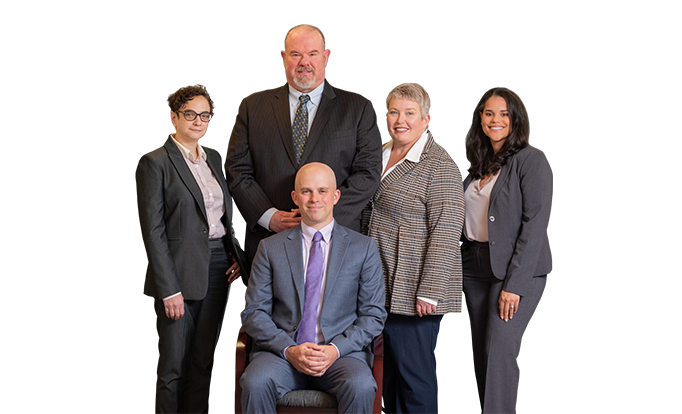Ever hear someone rant and rave about the “McDonald’s Coffee Case?” About how “that’s what wrong with our Court Systems,” and other ignorant nonsense? They’re wrong. They’re spouting – and repeating – MYTHS. Here are the FACTS…
MYTH #1: “The Coffee wasn’t that hot…”
FACT: McDonalds coffee wasn’t just hot, it was scalding, capable of almost instantaneous destruction of skin, flesh and muscle (see below).
MYTH #2: “Stella Liebeck was acting like a fool, driving and handling the cup.”
FACT: Stella Liebeck of Albuquerque, New Mexico, was in the passenger seat of her grandson’s car. Liebeck, 79 at the time, ordered coffee that was served in a styrofoam cup at the drive through window of a local McDonalds. The grandson stopped momentarily so that Liebeck could add cream and sugar to her coffee. She placed the cup between her knees and tried to remove the plastic lid from the cup. As she removed the lid, the entire contents of the cup spilled into her lap.
MYTH #3: “I heard she wasn’t even that badly burned…”
FACT: The sweat pants Liebeck was wearing absorbed the coffee and held it next to her skin. A vascular surgeon determined that Liebeck suffered full thickness burns (or third-degree burns) over 6 percent of her body, including her inner thighs, perineum, buttocks, and genital and groin areas. She was hospitalized for eight days, during which time she underwent skin grafting. She had to undergo painful, repeated debridement treatments.
MYTH #4: “She held out for millions…”
FACT: Liebeck sought to settle her claim for $20,000, but McDonalds refused.
MYTH #5: “Poor McDonald’s was caught by surprise…”
FACT: During discovery, McDonalds produced documents showing more than 700 claims by people burned by its coffee between 1982 and 1992. Some claims involved third-degree burns substantially similar to Liebeck’s. This history documented McDonalds’ knowledge about the extent and nature of this hazard.
McDonalds also said during discovery that, based on a consultant’s advice, it held its coffee at between 180 and 190 degrees to maintain optimum taste. The McDonalds witness admitted that he had not evaluated the safety ramifications at this temperature. Other establishments sell coffee at substantially lower temperatures, and coffee served at home is generally 135 to 140 degrees.
Further, McDonalds’ quality assurance manager testified that the company actively enforced a requirement that coffee be held in the pot at 185 degrees, plus or minus five degrees. He also testified that a burn hazard exists with any food substance served at 140 degrees or above, and that McDonalds coffee, at the temperature at which it was poured into styrofoam cups, was not fit for consumption because it would burn the mouth and throat. The quality assurance manager admitted that burns would occur, but testified that McDonalds had no intention of reducing the “holding temperature” of its coffee.
Plaintiffs’ expert, a scholar in thermodynamics applied to human skin burns, testified that liquids, at 180 degrees, will cause a full thickness burn to human skin in two to seven seconds. Other testimony showed that as the temperature decreases toward 155 degrees, the extent of the burn relative to that temperature decreases exponentially. Thus, if Liebeck’s spill had involved coffee at 155 degrees, the liquid would have cooled and given her time to avoid a serious burn.
McDonalds asserted that customers buy coffee on their way to work or home, intending to consume it there. However, the company’s own research showed that customers intend to consume the coffee immediately while driving. McDonalds also argued that consumers know coffee is hot and that its customers want it that way. The company admitted its customers were unaware that they could suffer third degree burns from the coffee and that a statement on the side of the cup was not a “warning” but a “reminder,” since the location of the writing would not warn customers of the hazard.
MYTH #6: “This case is about crazy juries giving millions away…”
FACT: The jury awarded Liebeck only $200,000 in compensatory damages despite the seriousness of her injuries. This amount was reduced to $160,000 because the jury found Liebeck 20 percent at fault in the spill. In order to punish McDonald’s for its horrid, willful conduct, however, the jury also awarded Liebeck $2.7 million in punitive damages. Yet that amount is equal to about two days of McDonalds’ coffee sales.
Yet, even given that paltry amount, the trial court ALSO reduced the punitive award to $480,000 — or three times compensatory damages — even though the judge called McDonalds’ conduct reckless, callous and willful. No one will ever know the final ending to this case.
MYTH #7: “So what? How does this verdict even matter? Nothing’s gonna change…”
FACT: Post-verdict investigation found that the temperature of coffee at the local Albuquerque McDonalds had dropped to 158 degrees.
SO, what have we learned? First, don’t shed a tear for corporations. Second, don’t believe the thirty second sound bytes, especially not the ones from conservative commentators, who’ve taken lies and half-truths to an art form. Third, be wary of “secret settlements” which let corporations make millions off the PR of “poor us” while GAGGING the victim.
Fourth, finally, and most important of all: LAWSUITS CHANGE CONDUCT AND MAKE US ALL SAFER: CORPORATIONS AND THIER POLITICAL STOOGES DON’T.
The parties in this case, at the insistence of McDonald’s, eventually entered into a secret settlement which has never been revealed to the public, despite the fact that this was a public case, litigated in public and subjected to extensive media reporting. Such secret settlements, after public trials, should not be condoned.



